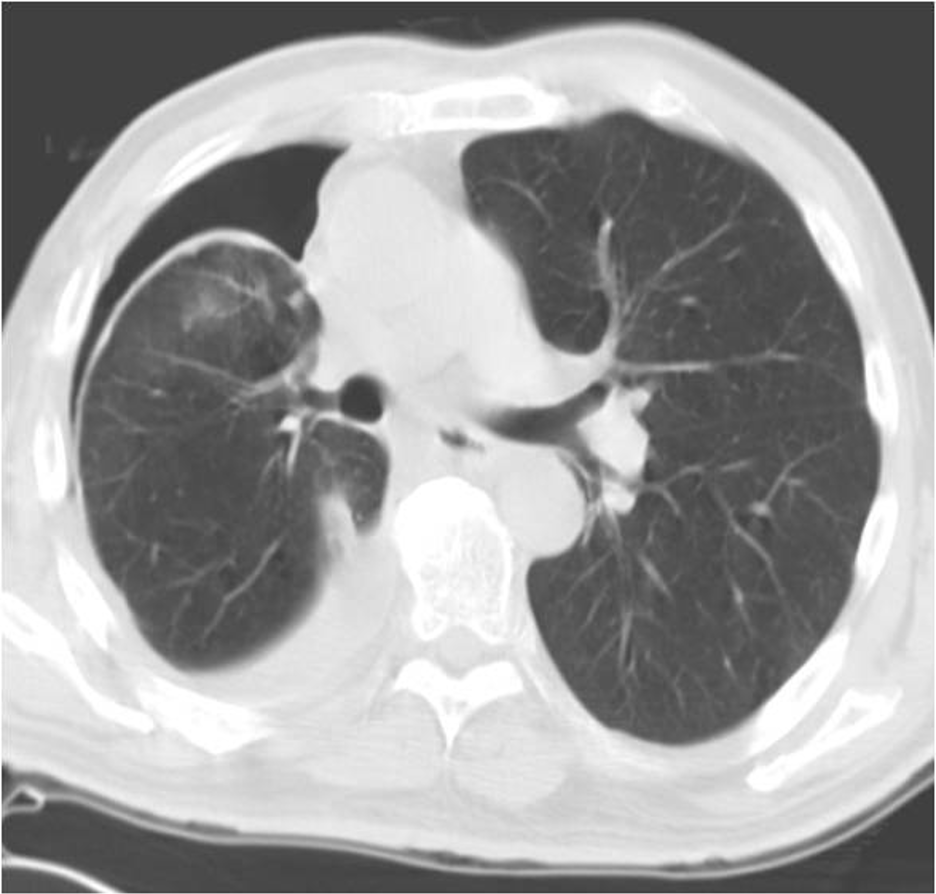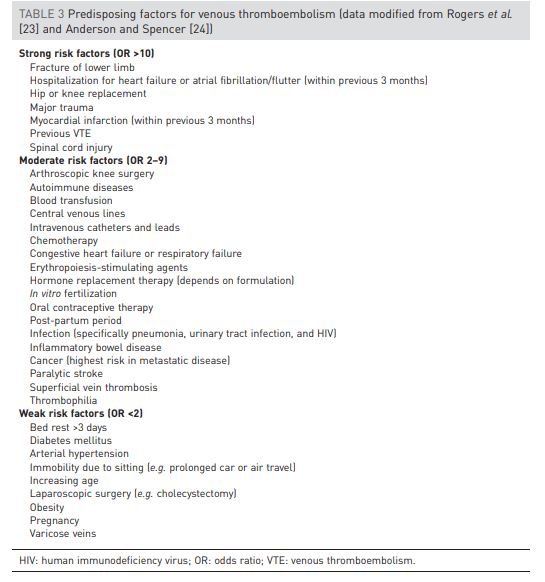1/ #MRPearls Epistaxis is a common complaint seen in both the inpatient and outpatient settings with approximately 60% of the general population having an episode of epistaxis in their lifetime with a pretty clear bimodal distribution (<10yo and >50yo). #Tweetorial @VCU_IMRes 

2/ #MRPearls Most epistaxis actually occurs in the anterior nose at Kisselbach's plexus; however, cannot forget about posterior bleeds because they can lead to significant hemorrhage. @marinanaz @MarkZieglerMD @nchadha3 @pchawla8 @murtipatel_ @DrKisselFace @EmilyKRoseMD 

3/ #MRPearls The etiology of most epistaxis cases can be readily identified through a focused history and physical exam. Important to ask about prior bleeding episodes, medications, OTCs including herbals, and other co-morbidities. @nehahipp @LauraLee714 @ETKirtonDavis
4/ #MRPearls This table from @aafp demonstrates the most common causes of epistaxis and will help guide you in your focused interview. @MB__MD @Leighmurr23 @Stern_bergler @B_M_Wiese @drkaybee123 @mowreec @COvertonMD @rosebaumannDO @JGlover_MD @AnchaliaC 

5/ #MRPearls Initial management of epistaxis should include evaluation of the airway and assessing for hemodynamic stability. Additionally, you should start with basic tamponade maneuvers. 

6/ #MRPearls These tamponade maneuvers require the patient to grasp the nasal alae distally and pinch them tightly continuously for at least 10 minutes before reassessing. Patient should also lean forward to prevent aspiration. 

7/ #MRPearls If bleeding persists, then can consider cautery with silver nitrate. Nasal packing in the anterior nares should be considered if bleeding persists following cautery. And finally if nasal packing fails, then can consider nasal tampon. 



8/ #MRPearls The use of antibiotics in patients with nasal packing is very highly controversial; however, most likely not needed for anterior packing. Should consult your ENT colleagues if requiring nasal tampon considering patient is at risk for toxic shock syndrome. @bqueenhoo
• • •
Missing some Tweet in this thread? You can try to
force a refresh



















